
See urban art in all its forms
Around the corner on Reclamation Street, amongst a throng of small businesses and groceries, sits Vision Signage Production. Despite its unassuming appearance, owner Mr Sin’s regular customers include numerous local and international film studios — you can see his film props in over 90 per cent of Hong Kong-produced films!
As a tribute to the fading industry, a local charity commissioned a mural to be painted onto the metal shutters of his store, featuring Mr Sin at his workstation with an electric drill and fret saw, two tools that were in common use for this profession. Visit before or after opening hours to catch a glimpse of the mural, a bright interlude in a row of austere grey. Continue north to find a few more shutter murals along Reclamation and Shanghai streets — see if you can spot them!

After this, head towards the infamous Yau Ma Tei Fruit Market and the bustling stalls along Waterloo Road. Here, you can find shutter art immortalising the comings and goings of the lively market, from personified apples, oranges, and pineapples to a quiet scene of mahjong-playing locals. You will have to go when the shutters are down, around mid-morning after the stalls have finished with the early morning bidding session, and before the market opens for retail purchases by the public. Around the corner along Ferry Street is a long mosaic mural depicting scenes of the market, so be sure to catch that as well.

On Shanghai Street sits a surrealist mural piece created by Italian artist Pixel Pancho in 2017. Situated next to the Red Brick Building, on the right cheek of an old tong lau, stares a robot-esque character standing on top of a flowered bush and a bicycle. His Mandarin vest is adorned with windows and air conditioners, which serves to mimic the typical building facades of Hong Kong’s cityscape, even the one on which it rests! A rhyming couplet in Chinese underneath relays a plea for humans to make more mindful decisions for the planet, written in classic Chinese verse.

Further down the street is a modest residential complex, complete with restaurants, a supermarket, shopping mall, and cinema. What’s different about this cinema is their offerings — Broadway Cinematheque puts on arthouse films in addition to the regular roster of blockbuster movies.
Founded in 1996, the cinema hosts regular thematic film festivals, retrospectives, and events throughout the year. You can find award-winning fictional features and documentary films, anime, and special screenings of alternative fare which make for a very different and refreshing movie-going experience. There is also an indie cafe within the complex, which doubles as a bookstore and events space.

If you’re feeling peckish after enjoying a screening, make a pit stop at Mido Cafe for some traditional Hong Kong cha chaan teng fare. Their humble interiors have stayed the same since their opening in 1950, comprised of classic remnants of the freshly industrialised landscape of Hong Kong back in the day.
The mosaic flooring, old-school ceiling fans, and retro wooden tables offer many a backdrop for filmmakers and advertising agencies, as well as for performing arts groups like the Hong Kong Ballet. On the wall just outside the entrance is a mural depicting the dining scene in the cafe, courtesy of the local illustrator responsible for the cover art of the 2018 edition of The Michelin Guide Hong Kong and Macau.

A little way down Public Square Street into a divot-like enclave off the main street is a flight of stairs connecting Nathan Road with the street above. What’s special about this particular collection of steps is the 2D flower garden painted onto it, visible only from below. The work of local art group OMNI-ART, this mural is a popular photo spot for locals and photography enthusiasts. Different sections of the stairwell are painted with a different type of flower, so you can choose to sit amongst a field of purple tulips, yellow sunflowers, or red roses — whichever strikes your fancy more.

Now that you’ve worked up an appetite for art, head down to The Muse for a feast for the eyes. Located inside Hotel Stage, this minimalist boutique property offers a rotating display of art installations inspired by local arts and crafts. On the basement level is a floor segmented into three sections — a gallery space, a wine bar, and an art bookstore. The gallery space hosts local and international artists and artisans, as well as performing artists for a cross-discipline experience. The contemporary bookstore stocks tomes on the history of the neighbourhood, craftsmen, and other interesting historical titbits that make for excellent souvenirs.

The last stop on this itinerary, Yau Sang Cheong, takes you back to the brushstrokes that defined classical Chinese art and calligraphy, and into a specialty shop selling calligraphy brushes, ink, and other Chinese art supplies. You can also find all sorts of ink-based artwork on display and for sale here, and auspicious red banner papers during Chinese New Year. The store has over a hundred years of history, having been in business since 1894. If you’re itching to try your hand at some ink art or calligraphy, sign up for one of their workshops to learn more about the basics of this traditional art form.















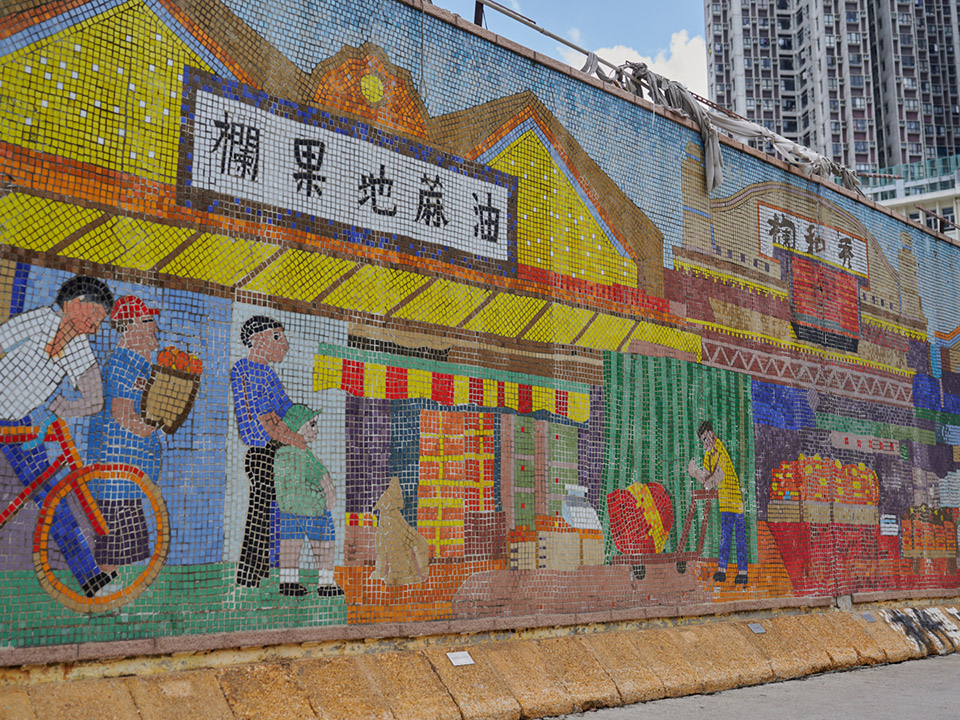


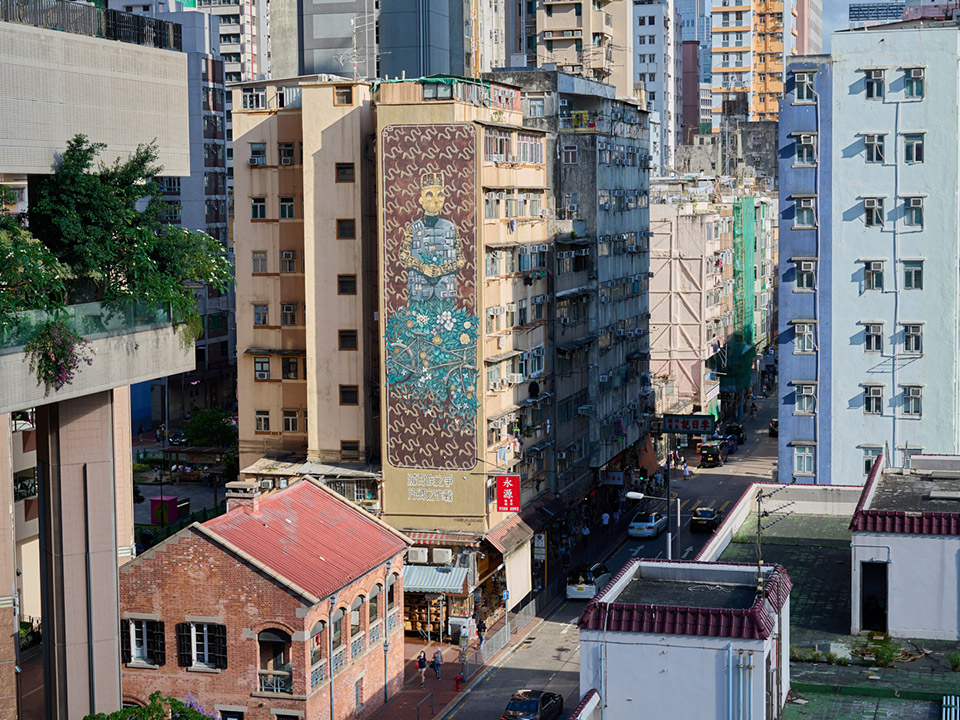
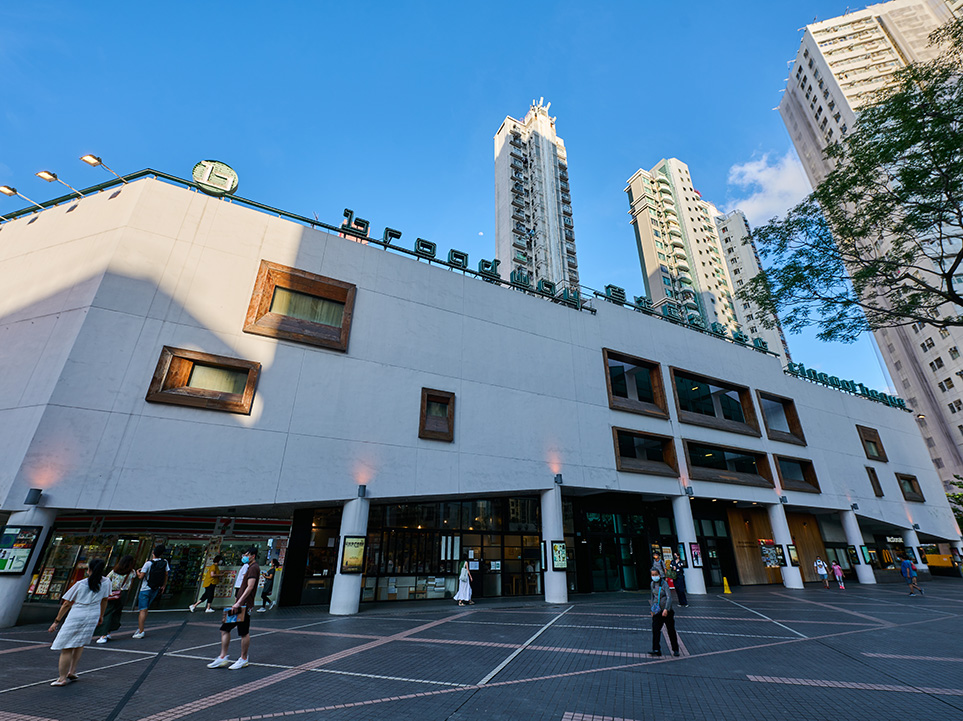











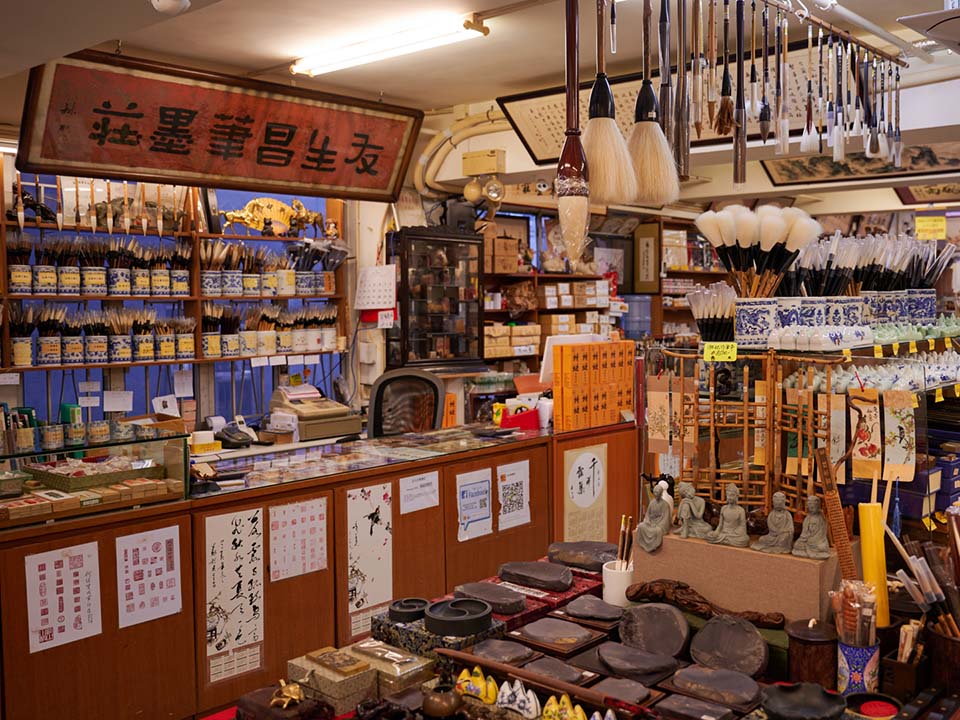










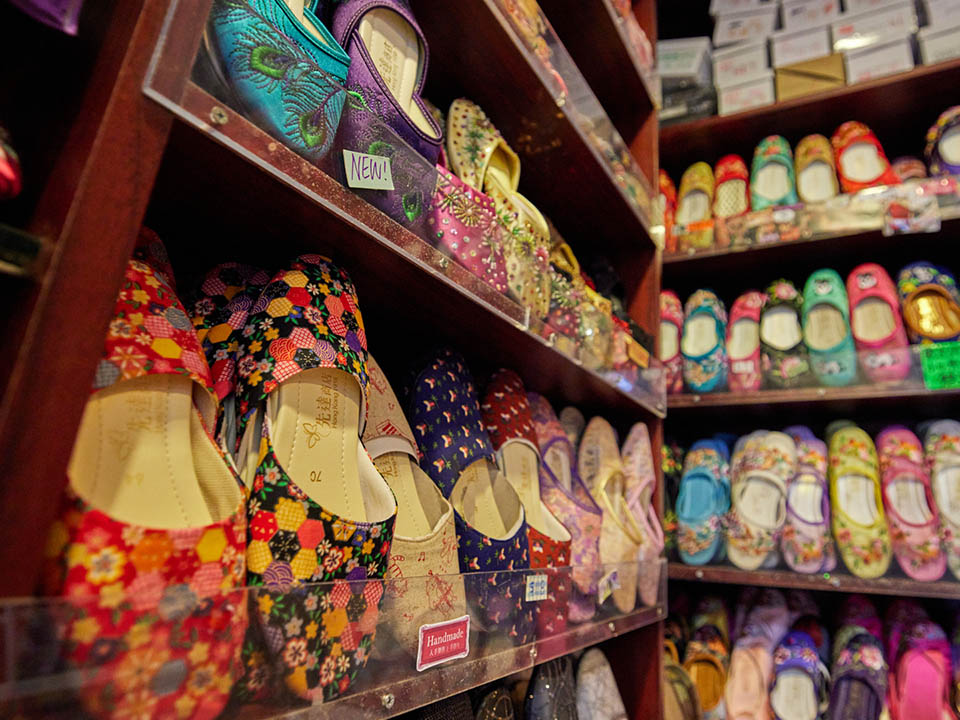

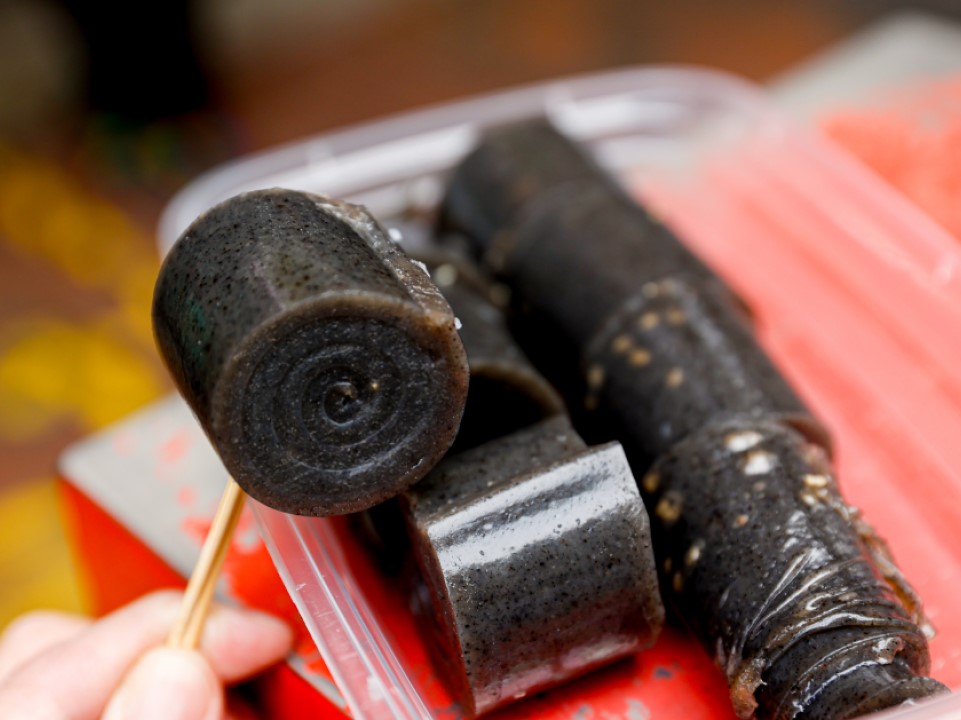


 Live Chat
Live Chat









